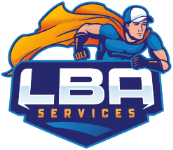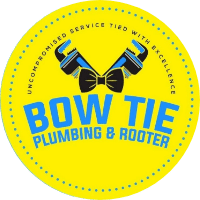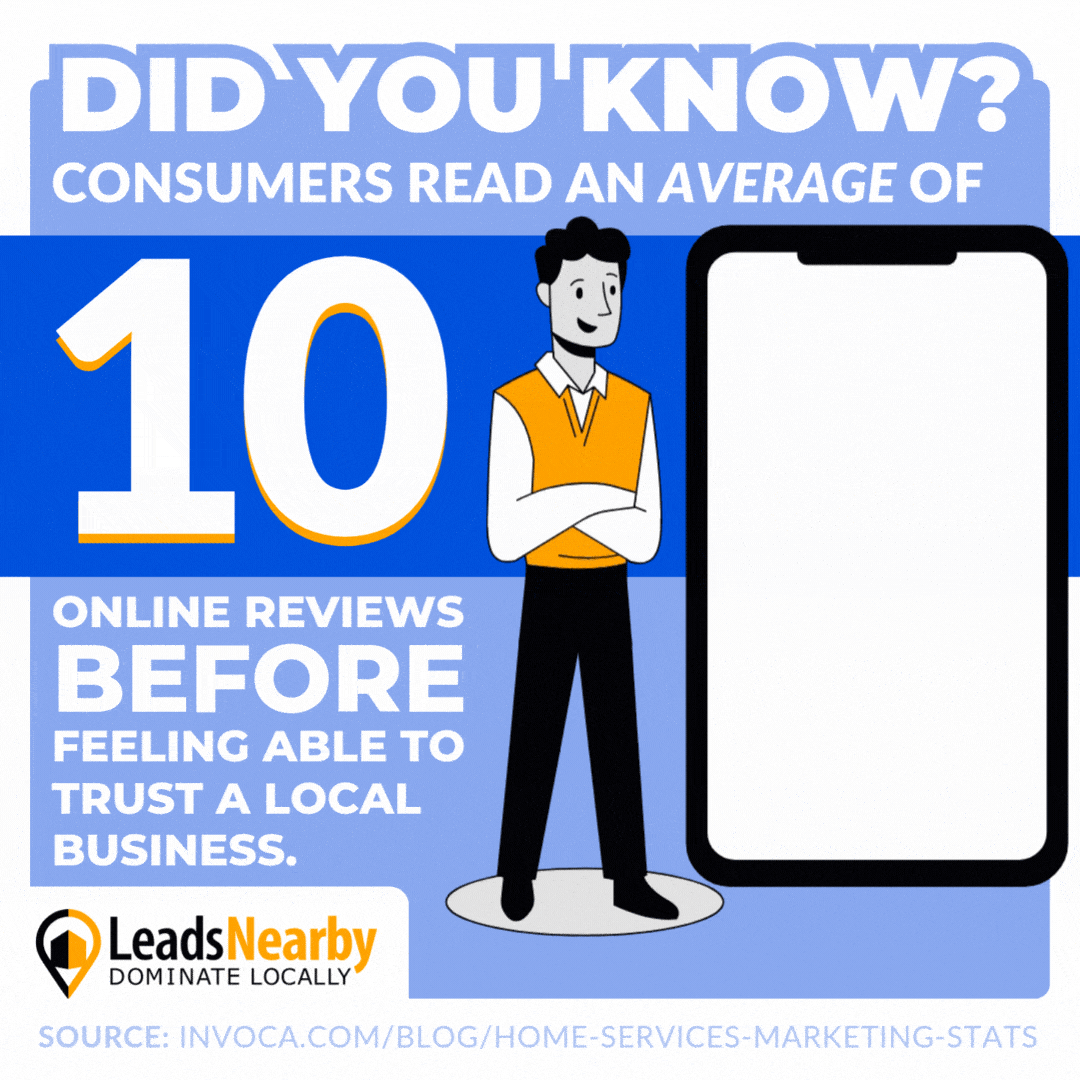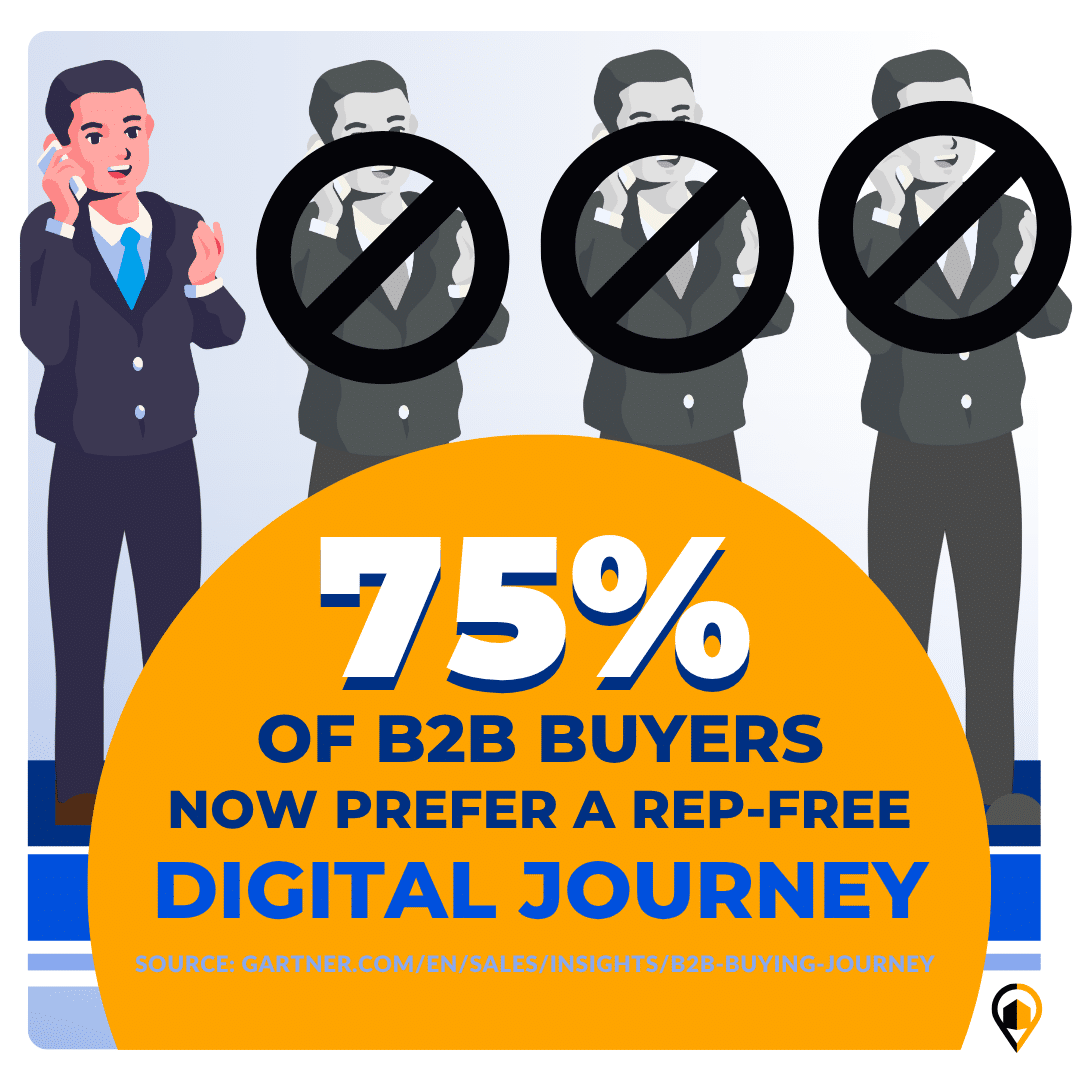














Commercial vs Residential Marketing: Why One Site Won’t Fit Both
Two Different Audiences Need Two Different Online Journeys
- Mixing Commercial buyers and homeowners on one site confuses algorithms and humans, lowering conversion for both.
- Separate experiences let you tailor messaging, pricing, trust signals, and SEO strategy without cannibalizing traffic.
- A clean split also keeps analytics crystal-clear, so you know which side of the business pays the bills.
- The Real Challenge Of Switching Between Commercial And Residential (0:34)
- Why One Blended Website Confuses Buyers (3:44)
- Two-Site Strategy (7:24)
- Turn FAQs Into Leads (11:45)
- Smoothing Seasonality (29:55)
- Closing & Next Steps (44:24)
Show Full Podcast Transcript
Mark Sherwin: I’ll get on my little soap box for a second. It’s Mark Sherwin’s Contractor Marketing Soap Box—your guide to getting found, selected, and remembered. And now, here’s Mark.
Mark: Hey, Soap-Boxers—welcome back to another episode. You’re going to love this one if you’re trying to answer the question, “How do I transition my business from mostly commercial to residential, or vice versa?” This is the episode for you. I’d like to introduce Gene McKenzie from McKenzie Contracting of Owings, Maryland. Welcome, Gene. Appreciate you coming.
Gene: Yes, sir. Thanks for having me, buddy.
Mark: You have your own podcast and did one with Roy White, founder and owner of Fixed Right and Guaranteed—our client. I was watching and eating it up. You two were talking about what needs to be talked about, but I thought there was a piece missing around marketing—specifically, transitioning a business into more residential work.
Mark: How does that look in the marketing sphere? B2B marketing is a lot different from B2C. Since you’ve already started this process, what did you run into in the B2C market that made you scratch your head? Were people questioning, “Oh, you do residential?”
Gene: Yeah. Early on you almost have to act bigger than you are—to step into the shoes of serving property managers, HOAs, and government contracts—and then grow to fill them. That’s how I approached it. Once I got the opportunity, we worked hard, I hired a good team, and we’ve been doing that since. But moving from residential to commercial and government is a more stressful work environment. I’m asking myself now: as I scale, do I want to go that direction, or stay in the community where I live and keep it mostly residential?
Mark: That’s something I hear a lot. If you’re primarily residential and try to expand into commercial, you risk diluting your brand. A homeowner visits your site and sees “excavation and hauling” when all they need is tree trimming or a backyard hardscape. The site creates confusion when everything is lumped together.
Mark: You separated internally—teams for both divisions, right?
Gene: Yeah. We have a commercial division and a residential division. On the management side, project managers handle only commercial projects, and a residential team focuses on homeowner communication. They are two different worlds. With residential construction, communication is everything—making sure people know when you’ll arrive and that they’re happy with the work. In the commercial world, it’s more “cross the t’s and dot the i’s”: recap emails after meetings, tracking change orders, RFPs, and sometimes you’re not even dealing with the person who signs off. It’s a different skill set, and usually the low bid wins. I don’t love being the cheapest guy. I want a win-win: work the customer can afford that also makes us money. In commercial it can feel like you’re constantly getting beat up.
Mark: Totally. And the internal differences must carry into your web and marketing presence. Today’s buyers look for as many reasons not to choose you as reasons to choose you. If a homeowner lands on a site that screams “big government contracts,” they may fear being overcharged or ignored. Vice versa for commercial. I often recommend creating two separate entities—or at least distinct site sections—with a master brand that routes visitors to “Residential” or “Commercial.” Speak each audience’s language. Put stormwater, excavation, and hauling where they belong—and keep hardscape, landscaping, and design-oriented content in the homeowner experience. Keep the McKenzie name, but give each audience the approach it expects online, just as you’ve done operationally.
Gene: On the service side, when you move a foreman who’s great with residential communication into commercial, those skills still pay off. HOAs and property managers really appreciate responsive communication and feeling like you’re going above and beyond. That said, marketing to the commercial side is hard if you want quality customers who aren’t just chasing the lowest bid. How do you dial in commercial marketing to attract the right buyers?
Mark: First, there are plenty of people searching online for commercial services. The key is what they find on your site. Think like procurement. The person searching is often looking for RFP steps and proof that you do business in their area. Your site should answer: Do you serve my location? Do you have an RFP process? Do I need a site visit? How fast can you deliver? Answer those questions and you become the authority. Same concept as residential, but with different questions.
Gene: So approach it a bit like SEO keywords for residential?
Mark: Exactly, but framed as real questions. If “excavation” is a core term, what questions do buyers have that you can answer with authority? Start putting those answers on your site. We’ve done this with HVAC: when people ask “How much is air-conditioning repair?” a transparent, contextual answer wins trust. Do the same for excavation: small vs. large projects, tight-access work, special equipment, permitting, timelines. Use FAQs and blogs. Also, Google’s AI-style answers often pull from well-structured Q&A content—be the source for your market.
Gene: I’m building a new website—this is great timing. I’d never thought about it from the procurement angle for government agencies. Those questions are totally different from a homeowners association. We’ll add pages for those verticals and their top questions.
Mark: Perfect. Rule of thumb: if an answer is two or three sentences, it’s a page-level FAQ on the relevant service page. If it needs depth, photos, or video, that’s a blog post. Educate the market. When we did this in residential, traffic and inquiries jumped—well before AI ramped up. Also, the book “They Ask, You Answer” is a great primer on this philosophy.
Mark: For authority, be local. Don’t let a national directory define pricing or expectations in your area. Google already knows who you are; be the local expert. Answer “How much does air-conditioning repair cost in [your area]?” not just the generic question.
Gene: We’ll add FAQs—we hadn’t penciled that in yet—and consider weekly or monthly posts: project of the month, permitting Q&A, and so on.
Mark: Stories sell. On service pages, answer the questions right there; don’t hide them on a generic FAQ page. Site-wide FAQs are fine for company policies—payments, hours, etc.—but service-specific FAQs belong on the service page. Link to deeper blogs from those pages to support the main topic. And keep publishing—demand isn’t linear; storms and seasons create spikes, so stay visible.
Gene: Guilty as charged—we build the site and then let it sit. We’ll make continuous updates part of the routine.
Mark: Think of the website as a sales tool, not a brochure. Your field reps should be able to show before-and-after photos, case stories, or cost explainers on the spot.
Gene: One more: should blogs tie in real time to social posts?
Mark: Yes—but mix in personality so your feed isn’t all promos. Humor, people, pets—those outperform straight promos. Community involvement is huge for visibility and content: parades, stands at local events, SPCA partnerships—these produce photos and engagement. Sponsorships only pay off if you force the photo ops and create lead capture. Have a van at the big game, run a “guess the score” giveaway, and collect entries. That turns a logo on a fence into a list and content.
Gene: We sponsor little league teams a lot, but it doesn’t always become a photo op. We have to force it.
Mark: Exactly. Show up on opening day and take the picture. If you’re spending, get content and leads out of it.
Gene: Audience question: “We do commercial work and are adding residential. How do we smooth out the residential seasonal roller coaster?”
Gene: For us, post-Thanksgiving through early January, residential dries up. So in Q3 we backlog commercial and municipal work for December–February and price it accordingly. We also schedule work that’s good for frozen ground—like certain tree or ground jobs. We might trim hours a bit, but planning ahead makes it manageable.
Mark: Great. In other trades, maintenance agreements fill the off-season. For your world, think recurring services—cleaning and sealing pavers, preventative pruning, drainage tune-ups.
Gene: That’s what I’m wrestling with. Our projects are often big one-time hits; clients may not call for five to seven years. Recurring services would reduce the constant new-customer chase.
Mark: Another question: “How do you change your value proposition for homeowner vs. business?”
Gene: We don’t change our values. We target our margins and stay fair. Commercial often feels like emergencies—fast, cheap—so speed carries value. Residential requires more education: show the process, before-and-afters, and product literature so people see the difference. Same values, different presentation.
Mark: Well said. Make sure everyone knows and lives the values—do the right thing, even if it costs you.
Gene: Last one: “Pricing mistakes when shifting focus?” Mistakes happen; pricing is an evolving process. We track closing rates by estimator and service. If you’re closing 80–90 percent, raise price. If you’re closing 10 percent, re-evaluate. Overhead and staffing change, so price must evolve.
Mark: And consumers may assume “big government jobs” means you’ll overcharge small residential work.
Gene: We do state-highway tree work year-round, so people see our brand. Competing on a two-hour residential job is hard with a full-size crew, so we schedule smart: bundle multiple small jobs by area and be transparent with homeowners about timing. Crews need a day’s worth of revenue; batching makes it work.
Mark: Exactly—creative scheduling solves that. Gene’s new site will be live soon—go check it out. If you’re watching later, like, comment, subscribe. Email me at mark@leby.com with questions; I’m happy to help.
Mark: Gene, any final thoughts?
Gene: Just that open conversations like this help. Thanks for having me—let’s keep it going.
Mark: He’s in Maryland; I made sure to keep my Steelers stuff in the frame to bug Ravens country. Gene, thanks again.
Gene: Thanks a lot.
Voiceover: It’s Mark Sherwin’s Contractor Marketing Soap Box. Call Mark to learn more: 919-758-8420.
What Makes Commercial And Residential Buyers So Different?
They make decisions for different reasons—commercial buyers manage risk and process, while homeowners protect their space and peace of mind.
A property manager needs a W-9, proof of insurance, and a clean RFP trail before anything moves.
A homeowner wants to know if your crew will protect the flower beds and show up when promised. That’s why Bright Local reports that consumers read an average of 10 online reviews before feeling able to trust a local business.
Will Two Brands Confuse Google Or Help SEO?
Clear separation helps both people and search engines understand what you do.
Use a master brand page that routes visitors to “Commercial Services” and “Home Services.” Keep names, addresses, and phone numbers consistent, but let each section build its own depth—projects, reviews, photos, and FAQs written for that buyer. This removes mixed signals, strengthens topical authority, and reduces bounce-backs from the wrong audience.
How Should My Messaging Change For Homeowners?
Lead with safety, care, and outcomes you can see.
Homeowners respond to “We’ll protect your home and leave it better than we found it.”
Show before-and-after photos, simple timelines, and plain-language pricing cues. Reinforce trust with nearby proof like community involvement and recent reviews.

What Pricing & Packaging Works Best After The Split?
Keep custom quotes for commercial; publish clear entry points for residential.
Commercial deals hinge on scope, compliance, and schedule—custom proposals fit that reality. Residential converts faster when you offer well-named starter bundles and transparent next steps. Clarity lowers anxiety and cuts “let me think about it” drop-offs.
How Do I Keep Trust High On Both Sites?
Match the trust signal to the buyer’s worry.
Homeowners want rapid reassurance: star ratings, clean uniforms, on-time promises, and a simple “here’s what happens on the day of service.” Link to your
customer-loyalty guide so the relationship doesn’t end at the invoice.
Commercial prospects look for documented processes, safety records, insurance certificates, and case studies they can forward to stakeholders.
Where Does Local SEO Fit Into A Dual-Site Strategy?
Give each side a clean local footprint.
Create distinct service hubs and, when appropriate, separate Google Business Profiles or categories. Build geo-targeted landing pages that speak to the buyer by name and back them with consistent NAP data and schema. For setup details, see Optimizing Your Google Business Profile.

What About Offline Trust Builders?
Real-world moments make your online proof believable.
Sponsor the game, show up for the photo, and collect a few quotes on the spot. Then fold those images and micro-stories into the right section—homeowner smiles on residential pages; ribbon-cuttings and safety briefings on commercial pages. Here’s how to maximize sponsorship spending so it actually moves the needle.
How Do I Track Success Without Mixing The Data?
Measure in parallel—never in a pile.
Use separate form IDs, phone numbers, and pipelines for commercial and residential. In analytics, create distinct views or properties so you can see which messages, pages, and offers pay the bills on each side without guesswork.
Remember: Gartner reports 75% of B2B buyers now prefer a rep-free digital journey so airtight tracking on the commercial side is no longer optional.
Ready For Improved, Dedicated Lead-Flows?
Let’s set up a strategy call and we’ll map out a dual-brand game plan—pages, tracking, and quick-win content ideas—tailored to your business.
Frequently Asked Questions: Transitioning Your Marketing
What’s the biggest risk of keeping one blended site?
Mixed messaging lowers conversions and may tank page quality scores for paid ads.
Is a subdomain enough, or do I need two domains?
Subfolders work for most; a second domain helps when brands are entirely separate.
Will splitting hurt my existing backlinks?
301-redirect outdated URLs so link equity flows to the correct new pages.
Can I share one Google Business Profile?
Only if services, hours, and photos match; otherwise, create a second verified profile.
How do I measure ROI after the split?
Assign unique phone numbers, forms, and ad campaigns to each property, then compare CPL and close rates.
Last updated August 2025


